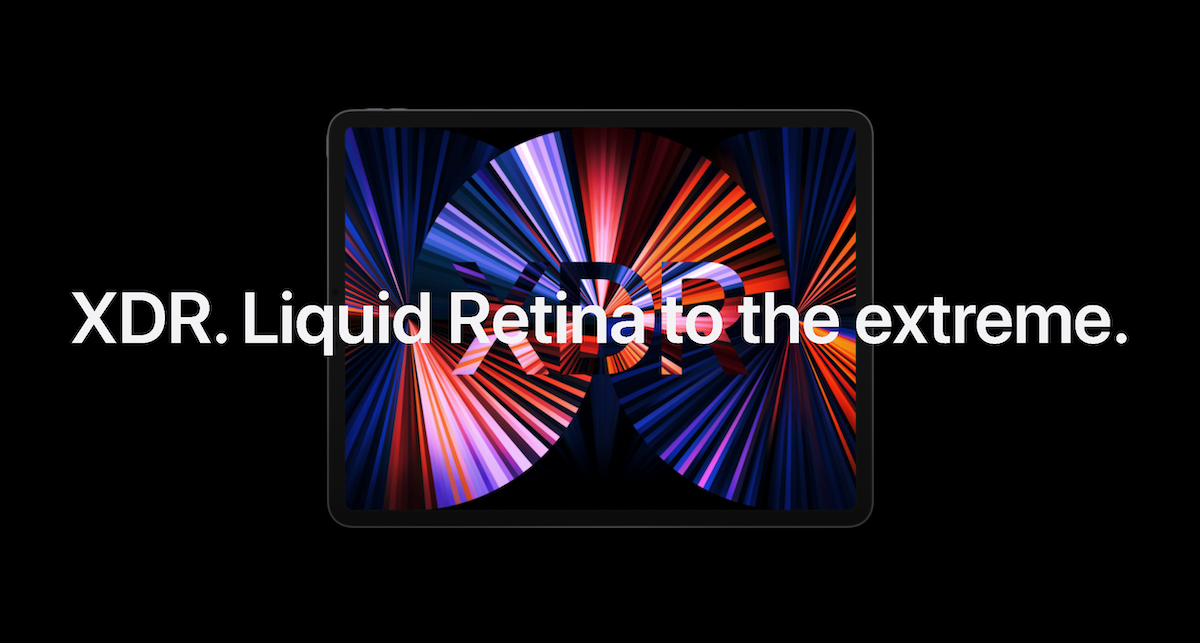Apple is now predicted to launch OLED iPad Pros in 2023 or 2024 after an analyst said the company was winding down the development of OLED panels for some of its 2022 tablets.
STORY HIGHLIGHTS:
- Analyst Ming-Chi Kuo said Apple had nixed plans to launch OLED iPads in 2022
- The word on the street is that OLED-based iPads are coming in 2023 or 2024
- OLED tablets have a high contrast ratio, brightness and resolution

iPad Pro with OLED screen and ProMotion coming in 2023 or 2024
Apple is predicted to release its very first OLED-based iPad models in 2023 or 2024, starting with updates to its flagship iPad Pro family of tablets with the 11-inch and 12.9-inch models believed to be making a switch from LCD to OLED technology.
According to the Korean outlet The Elec, these iPad Pros coming out in 2023 or 2024 will use a power-efficient backplane built on low-temperature polycrystalline silicon (LTPO). Pro-branded iPhone 13 models take advantage of LTPO to bring dynamic refresh rates up to 120Hz, a technology Apple calls ProMotion. If future iPad Pros adopt LTPO-based ProMotion, then those tablets are likely to support say more refresh rates compared to the current models.
Samsung Display should build OLEDs for future iPad models, with others like LG Display possibly joining the action. Currently, the 12.9-inch iPad Pro sports a mini-LED backlight that provides certain OLED-like benefits including deeper blacks and higher brightness.
Supported refresh rates on Apple ProMotion displays
ProMotion dynamically adjusts how many times per second a screen is redrawn. This is called a refresh rate, measured in Hertz (Hz). A display featuring a refresh rate of 60Hz is redrawn sixty times per second while a 120Hz one will draw twice the number of full frames per second.
Higher refresh rates don’t make the device run faster, but you get other benefits like:
- Smoother animations: The more images per second, the smoother the animation
- Better user experience: Text remains clear and legible when scrolling up and down rapidly
- Better battery life: ProMotion takes advantage of power-saving opportunities
Documentation for programmers on the Apple Developer website lists all of the supported refresh rates and timings for all of Apple’s devices that currently use ProMotion technology.
iPhone 13 Pro and iPhone 13 Pro Max
Only the iPhone 13 Pro and iPhone 13 Pro Max models feature ProMotion displays, as opposed to their non-Pro versions. Both iPhone 13 Pro and iPhone 13 Pro Max present content on their ProMotion displays using the following refresh rates and timings:
- 120Hz (8ms)
- 80Hz (12ms)
- 60Hz (16ms)
- 48Hz (20ms)
- 40Hz (25ms)
- 30Hz (33ms)
- 24Hz (41ms)
- 20Hz (50ms)
- 16Hz (62ms)
- 15Hz (66ms)
- 12Hz (83ms)
- 10Hz (100ms)
iPad Pro (2018 and newer)
All iPad Pros from 2018 onward have ProMotion displays with these refresh rates and timings:
- 120Hz (8ms)
- 60Hz (16ms)
- 40Hz (25ms)
- 30Hz (33ms)
- 24Hz (41ms)
The operating system takes care of selecting the right refresh rate for the specific scenario. If you’re reading a static webpage in Safari, the system may bring the refresh rate below 30Hz to conserve power. But start scrolling the page rapidly up and down, or fire up a game, and the refresh rate may increase all the way up to 120Hz to provide smoother animations.